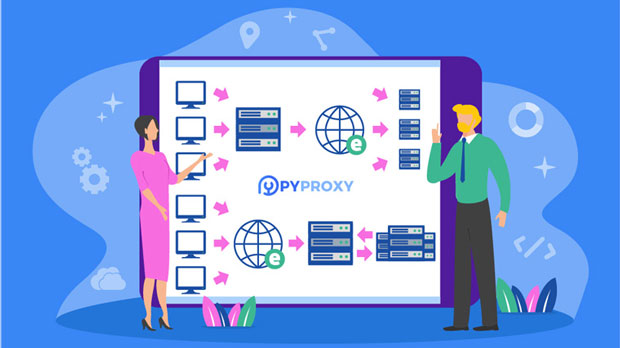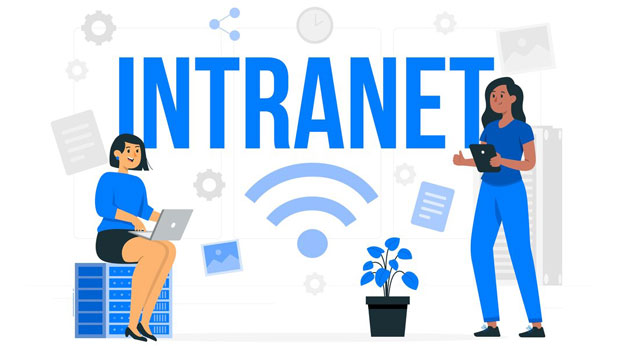In the world of proxy services, the demand for rotating 4G proxies has seen a sharp increase due to the need for better anonymity and smoother browsing experiences. A key question for many users is whether PYPROXY’s rotating 4G proxies come with node locking functionality. Node locking, a feature that restricts access to specific IPs or nodes, is crucial in scenarios requiring stable, consistent access to certain services or sites. This article delves into the concept of rotating proxies, the importance of node locking, and an analysis of whether this feature is supported by PyProxy’s rotating 4G proxies. Understanding Rotating 4G ProxiesRotating proxies are commonly used to ensure a user’s anonymity while browsing the internet. They allow users to route their requests through various IP addresses at regular intervals, making it difficult for websites to track or block a user’s activities. The rotating 4G proxies, specifically, are tied to mobile networks, which offer an additional layer of reliability, speed, and geographic diversity compared to traditional static proxies.When utilizing rotating 4G proxies, users can benefit from a pool of IP addresses that change frequently, providing more natural browsing patterns. These proxies can simulate real mobile users, ensuring that requests look like they’re coming from different devices or users across multiple locations. For companies or individuals involved in activities such as web scraping, ad verification, or SEO tracking, rotating proxies are a game-changer.What Is Node Locking and Why Does It Matter?Node locking refers to a feature that allows users to lock their proxy to a specific node or IP address, ensuring that the connection remains consistent over time. In other words, it prevents the proxy ip from rotating or changing unless the user explicitly requests it. This can be critical in situations where users need to access services that require a stable IP for authentication, security checks, or account management.For instance, certain websites or applications may block users if they detect too many IP changes within a short period. In such cases, having a fixed node or IP address ensures that users don’t face interruptions or blocks due to frequent changes in their proxy ips. Therefore, node locking is often crucial in business settings where continuous and stable access to a specific IP is needed, such as for managing multiple accounts or conducting long-term data gathering.Does PyProxy Offer Node Locking with Rotating 4G Proxies?Now that we understand the functionality of rotating 4G proxies and the importance of node locking, let’s address the core question—does PyProxy provide this feature?Currently, PyProxy's rotating 4G proxies are designed for high-performance and anonymity, offering a range of features like location-based IP selection and fast IP rotation. However, whether they offer built-in node locking functionality is a more nuanced topic. Many proxy providers offer either rotating proxies or dedicated IP addresses, but node locking is typically an advanced feature that requires explicit configuration.In the case of PyProxy, it is important to consider their service offering. If node locking is not explicitly mentioned in their documentation or features list, it might mean that users will need to manually manage their IPs or work with the provider to lock specific IPs if needed. Alternatively, some proxy services offer dynamic configuration options that allow users to lock certain nodes or IPs for specific sessions or activities, but this may not be a standard offering with rotating proxies.Use Cases for Node Locking with Rotating ProxiesWhile rotating proxies are primarily designed for anonymity and avoiding detection, there are specific use cases where node locking becomes essential even within a rotating proxy framework.1. Accessing Region-Specific Content: Certain services may require users to access content from a specific region or IP address over an extended period. For example, a company may need to access localized data or test regional content without the risk of IP rotation affecting the accuracy of their actions. Node locking allows users to "lock" their session to a specific IP, ensuring consistent access.2. Long-Term Account Management: When managing multiple accounts across different platforms, consistent access to the same IP is often required to avoid being flagged as suspicious. Rotating proxies may result in IP changes that can trigger security measures. With node locking, businesses can maintain a steady connection to their target platforms without worrying about account locks or security flags.3. Web Scraping: Web scraping tasks require the use of multiple proxies to avoid detection. However, for scraping tasks that require longer sessions, node locking can be beneficial to avoid getting blocked by a website's anti-bot systems. By locking onto a specific node, users can maintain their scraping session for longer periods without encountering frequent disruptions due to IP changes.Alternatives for Node Locking with Rotating ProxiesIf PyProxy’s rotating 4G proxies do not natively support node locking, users have alternative methods to achieve a similar result. One approach is using static residential proxies or dedicated proxies, which offer consistent IPs over long periods. These proxies are less likely to rotate automatically and provide a fixed connection, similar to node locking.Another option is to request custom configurations from the proxy provider. Some advanced proxy services allow users to tailor their rotation schedules or set up “sticky” sessions where the IP remains consistent for a set duration before rotating. This can simulate the effect of node locking, even if it isn’t a native feature.Conclusion: The Future of Rotating 4G Proxies and Node LockingIn summary, while rotating 4G proxies are an excellent choice for users seeking anonymity and dynamic IP rotation, the question of node locking is more complex. PyProxy, as a proxy provider, does not explicitly advertise node locking as a feature for its rotating 4G proxies. However, depending on user requirements, solutions such as static IPs or sticky sessions might serve as alternatives. For users who require long-term consistency with their IPs, exploring dedicated proxies or configuring rotating proxies with custom settings may be necessary. Ultimately, businesses and individuals looking for advanced proxy services should inquire directly with their providers about the possibility of implementing node locking or other advanced features. Understanding the specific needs and use cases of rotating proxies is essential to making the right choice for any project.
Aug 25, 2025






















































